In recent years, the agriculture industry has witnessed a significant transformation, embracing advanced technologies to improve efficiency and sustainability. Automatic irrigation equipment has emerged as a game-changer, revolutionizing the way crops are watered and allowing farmers to optimize water usage while maximizing yields. In this article, we will delve into the benefits and functionalities of automatic irrigation equipment and explore its potential to shape the future of agriculture. Enhanced Water Efficiency: Water scarcity is a growing concern, particularly in the face of climate change. Automatic irrigation equipment offers a solution by providing precise and targeted water supply to crops. Equipped with moisture sensors, weather stations, and real-time data analysis, these systems actively monitor the soil moisture levels and weather conditions to deliver water only when and where it is needed. By ensuring that crops receive the right amount of water at the right time, farmers can significantly reduce water wastage while improving plant health and crop quality.

.
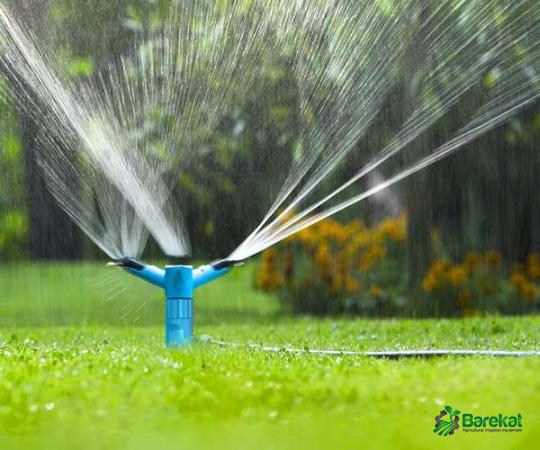 Optimized Crop Growth: Automatic irrigation equipment optimizes crop growth by providing consistent and regulated water supply. Traditional irrigation methods often result in uneven water distribution, leading to overhydration or dehydration of plants. With automated systems, such as drip irrigation or sprinklers with adjustable nozzles, farmers have the ability to control and regulate water application, ensuring each plant receives its required share. This consistency enhances the overall health of crops, leading to higher yield rates and improved crop quality. Labour and Time-saving: In conventional irrigation methods, farmers spend a significant amount of time manually operating irrigation systems. Automatic irrigation equipment eliminates the need for manual labor, freeing farmers to focus on other essential tasks. By scheduling watering sessions, adjusting water levels, and automatically shutting down during rainfall or when soil moisture levels are sufficient, these systems reduce human intervention. This time-saving aspect allows farmers to allocate their resources more efficiently, leading to increased productivity and reduced operational costs. Remote Monitoring and Control: The integration of Internet of Things (IoT) technology has enabled automatic irrigation equipment to be remotely monitored and controlled.
Optimized Crop Growth: Automatic irrigation equipment optimizes crop growth by providing consistent and regulated water supply. Traditional irrigation methods often result in uneven water distribution, leading to overhydration or dehydration of plants. With automated systems, such as drip irrigation or sprinklers with adjustable nozzles, farmers have the ability to control and regulate water application, ensuring each plant receives its required share. This consistency enhances the overall health of crops, leading to higher yield rates and improved crop quality. Labour and Time-saving: In conventional irrigation methods, farmers spend a significant amount of time manually operating irrigation systems. Automatic irrigation equipment eliminates the need for manual labor, freeing farmers to focus on other essential tasks. By scheduling watering sessions, adjusting water levels, and automatically shutting down during rainfall or when soil moisture levels are sufficient, these systems reduce human intervention. This time-saving aspect allows farmers to allocate their resources more efficiently, leading to increased productivity and reduced operational costs. Remote Monitoring and Control: The integration of Internet of Things (IoT) technology has enabled automatic irrigation equipment to be remotely monitored and controlled.
..
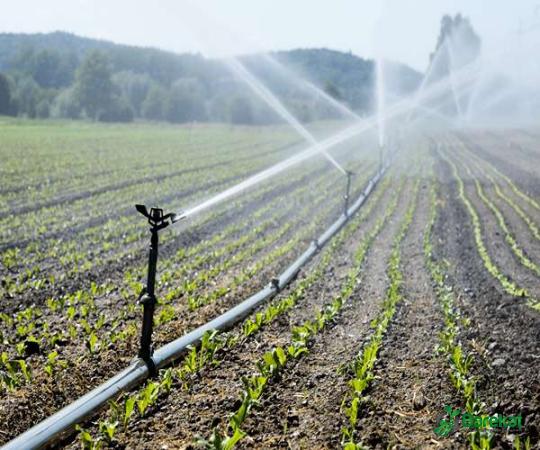 Farmers can access real-time data, including soil moisture levels, pump status, and water flow rates, via mobile applications or web platforms. This remote monitoring capability assists in preventive maintenance, detecting faults before they escalate and ensuring the irrigation system remains operational. Moreover, remote control features allow farmers to adjust irrigation settings from anywhere, providing flexibility and adaptability to their farming practices. Environmental Benefits: Automatic irrigation equipment not only addresses water scarcity concerns but also contributes to environmental sustainability. By reducing water wastage and optimizing water usage, these systems help conserve water resources. Decreased runoff and soil erosion are achieved through precise water application, as excess water is not delivered to the plants or surrounding areas. The controlled usage of fertilizers and pesticides, coupled with better water management, reduces the pollution of nearby water bodies.
Farmers can access real-time data, including soil moisture levels, pump status, and water flow rates, via mobile applications or web platforms. This remote monitoring capability assists in preventive maintenance, detecting faults before they escalate and ensuring the irrigation system remains operational. Moreover, remote control features allow farmers to adjust irrigation settings from anywhere, providing flexibility and adaptability to their farming practices. Environmental Benefits: Automatic irrigation equipment not only addresses water scarcity concerns but also contributes to environmental sustainability. By reducing water wastage and optimizing water usage, these systems help conserve water resources. Decreased runoff and soil erosion are achieved through precise water application, as excess water is not delivered to the plants or surrounding areas. The controlled usage of fertilizers and pesticides, coupled with better water management, reduces the pollution of nearby water bodies.
…
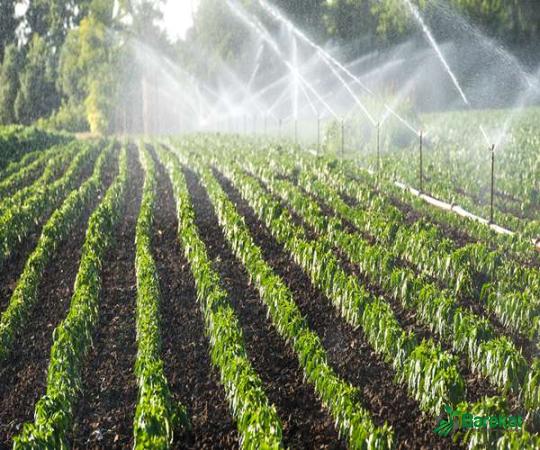 These advancements make automatic irrigation equipment environmentally friendly, promoting sustainable agricultural practices. Conclusion: As the agricultural industry faces increasing challenges, automatic irrigation equipment emerges as a technological solution to maximize productivity while minimizing resource wastage. By enabling precise and targeted water application, optimizing crop growth, saving labor and time, offering remote monitoring and control, and promoting environmental sustainability, these systems are revolutionizing the way crops are irrigated. Investing in automatic irrigation equipment can empower farmers to embrace efficiency, improve crop yields, and contribute towards future-proofing global food production.
These advancements make automatic irrigation equipment environmentally friendly, promoting sustainable agricultural practices. Conclusion: As the agricultural industry faces increasing challenges, automatic irrigation equipment emerges as a technological solution to maximize productivity while minimizing resource wastage. By enabling precise and targeted water application, optimizing crop growth, saving labor and time, offering remote monitoring and control, and promoting environmental sustainability, these systems are revolutionizing the way crops are irrigated. Investing in automatic irrigation equipment can empower farmers to embrace efficiency, improve crop yields, and contribute towards future-proofing global food production.




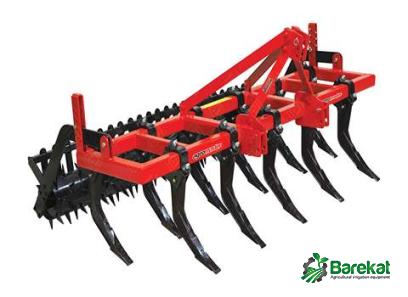



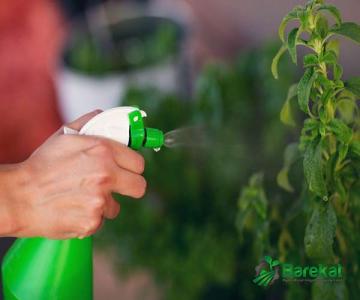

Your comment submitted.